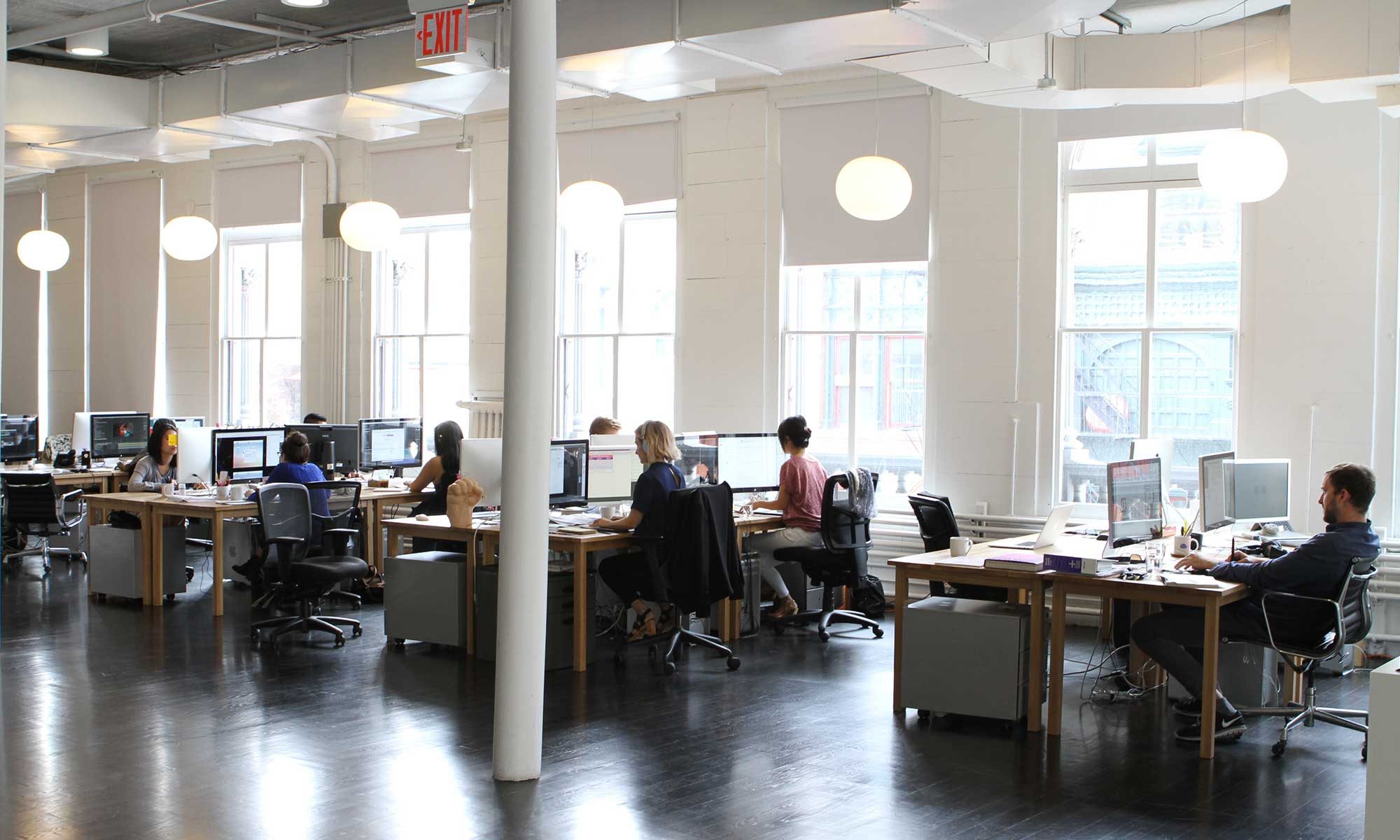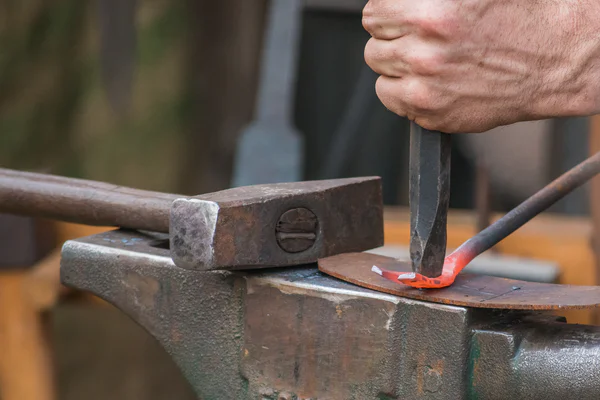If you are looking to utilise and make the most out of the space at your premises, you might find yourself thinking, what is a mezzanine floor? And how can it benefit me? Arguably, mezzanine flooring is the way forward for companies looking to utilise and control the space that they already have. Your mezzanine floor can be designed so it specifically works for the area you already have and to utilise the maximum potential your premises have to offer.
What is a mezzanine floor?
A mezzanine floor is essentially an extension on your premises without needing to extend as its simply using space that already exists. It’s the perfect way to offer more space by utilising any over-head space by building an extra floor. It is a floor that is built between two existing floors, or it can be a new floor built between the floor and the ceiling. They are installed to maximise the unused overhead space and ultimately double the area of the premises.
This is the perfect alternative to finding a whole new property and having the trouble of moving items, setting up the new space and on top of all that, dealing with the lengthy, tedious paperwork that a move would bring. Mezzanine floors are also tailor designed to meet the specific needs of each building to make the most of the space. These are just a few benefits.
After finding out what a mezzanine floor is, many decide that opting for one, is the most cost effective and sufficient way of gaining extra space at their premises. Mezzanine floors can be used for many different things such as:
Warehouses and Industrial
Warehouse and industrial mezzanine floors are constructed within a warehouse environment to double your existing space without the hassle of moving to a different premise. If you need extra storage for products and packaging, it is the perfect solution as it offers a whole new space without having to disrupt the floor space that becomes underneath it.
Office Mezzanines
If you interested in generating office space at your building, a mezzanine floor might be the best option for you! An office mezzanine floor is significantly cheaper than having to move elsewhere. It’s the perfect way to generate new office space that will have no major effect on the already existing workspace. In addition, the new floor doesn’t take a long time to assemble which ensures that there will be minimal disruption to the running of your business whilst it is being set up.


